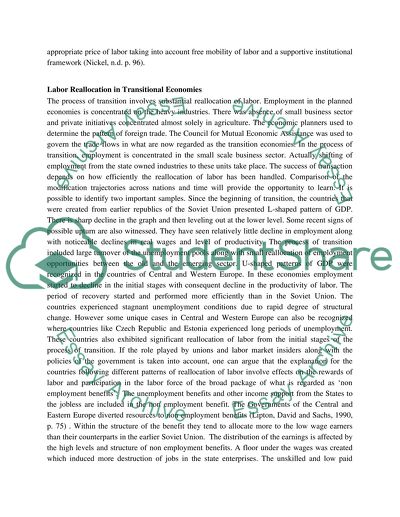Cite this document
(“Labor Reallocation in The Transition Economics Essay”, n.d.)
Labor Reallocation in The Transition Economics Essay. Retrieved from https://studentshare.org/macro-microeconomics/1446727-what-does-the-empirical-literature-tell-us-about
Labor Reallocation in The Transition Economics Essay. Retrieved from https://studentshare.org/macro-microeconomics/1446727-what-does-the-empirical-literature-tell-us-about
(Labor Reallocation in The Transition Economics Essay)
Labor Reallocation in The Transition Economics Essay. https://studentshare.org/macro-microeconomics/1446727-what-does-the-empirical-literature-tell-us-about.
Labor Reallocation in The Transition Economics Essay. https://studentshare.org/macro-microeconomics/1446727-what-does-the-empirical-literature-tell-us-about.
“Labor Reallocation in The Transition Economics Essay”, n.d. https://studentshare.org/macro-microeconomics/1446727-what-does-the-empirical-literature-tell-us-about.


